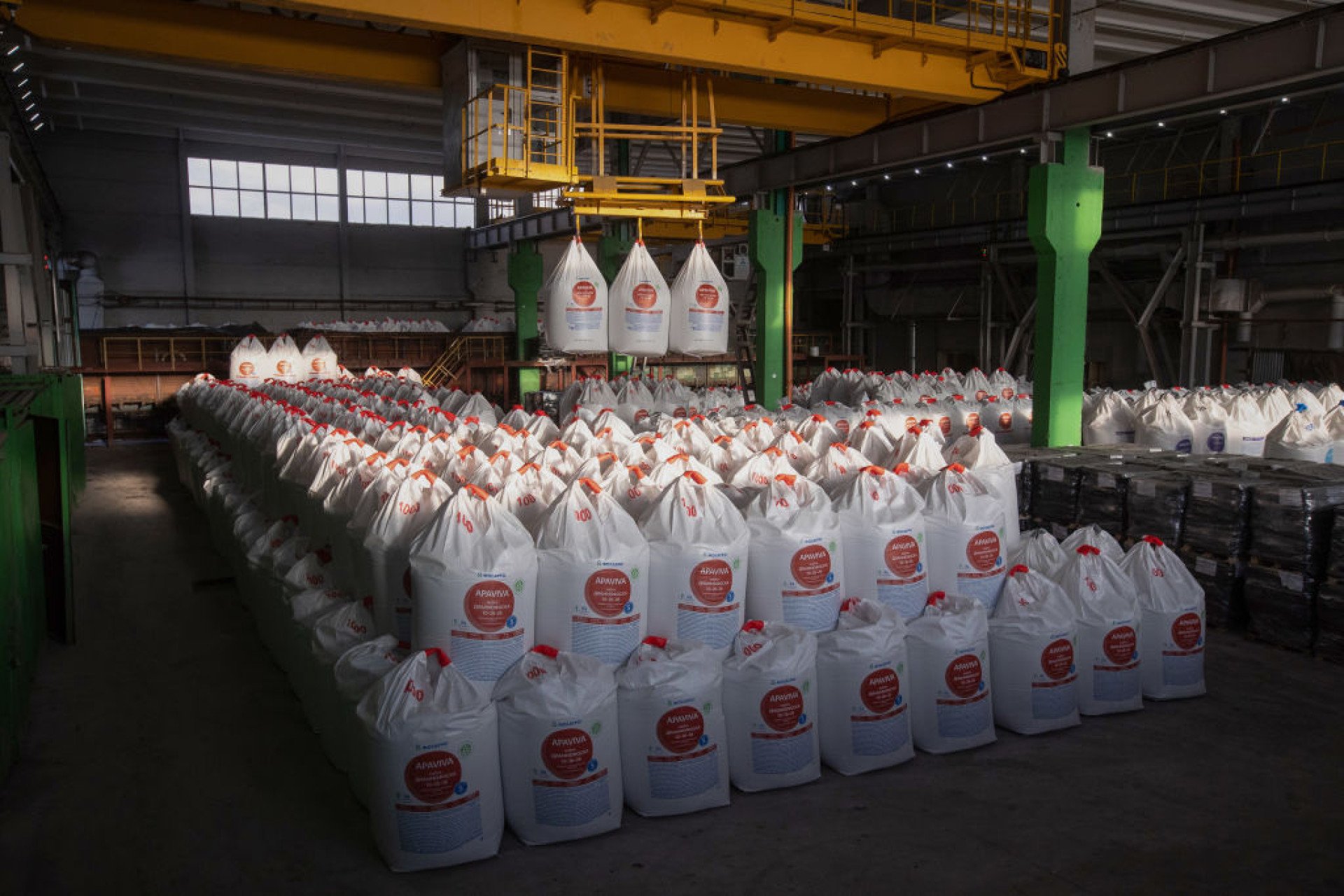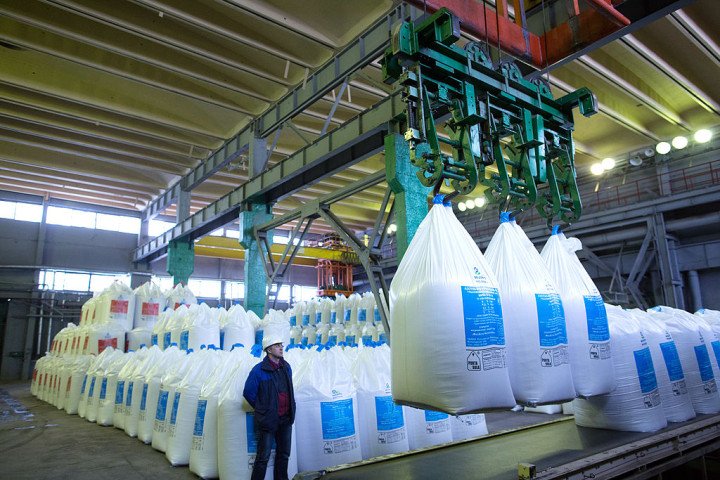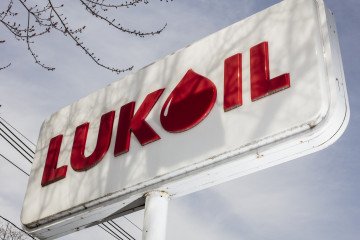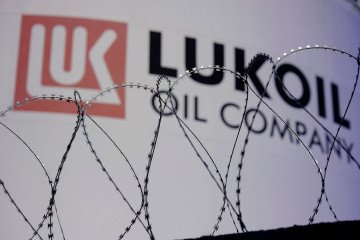- Category
- Business
Russia Rakes In $16 Billion a Year from Fertilizer Exports as the Sector Remains Sanctions-Free

Even as Russia’s full-scale war in Ukraine rages on, the country ranks among the world’s largest exporters of both food and fertilizers — and remains a top global producer.
In early 2024, Russian business outlets reported a sharp spike in fertilizer production and exports. The first quarter alone saw double-digit growth in several categories — with potassium fertilizer output soaring 74% compared to the same period in 2023.
This growth has been driven not only by domestic demand but also by robust export activity. Forecasts had projected that Russia would export around 35 million tons of fertilizer by the end of 2024. That estimate turned out to be far too low.
Russia ultimately exported more than 42 million tons of fertilizer, bringing in over $16 billion in export revenue.
How much Russia exports
Since the beginning of its full-scale invasion, Russia has been hit with thousands of sanctions. Yet one sector has been spared entirely—agriculture. The country remains one of the world’s top exporters of agricultural products and fertilizers. Depending on the methodology used, Russia, China, and Canada make up the global top three in this field.
Despite the war, Moscow remains a key trade partner for virtually every region of the world.
Brazil, India, China, the United States, and Mexico were the top five buyers of Russian fertilizers in 2024. Combined, they purchased nearly $8 billion worth of fertilizers.
European Union countries bought $1.65 billion worth, with Poland, France, and Germany leading the pack.

The Kremlin expects even better figures in 2025: fertilizer production is projected to reach 65 million tons (up from 63 million), and exports are forecast at 44 million tons. By 2030, Russia aims to ramp up production to 80 million tons, with 90% of that destined for export. What’s the danger?
A shift in the narrative
During multilateral negotiations over Black Sea peace efforts involving Russia, the US, and Ukraine, the Kremlin pushed for additional concessions — notably the lifting of sanctions, including those on the Russian Agricultural Bank. The bank, used for international transactions, has seen its capacity to receive foreign currency severely hampered by its inclusion on sanctions lists.
Russia argues that sanctions should be lifted under the pretext that the bank is necessary for processing payments for food products — a category that also includes fertilizers. Simultaneously, Moscow is lobbying for partial sanctions relief on its shipping fleet, seeking to allow vessels access to global ports under the guise of delivering agricultural goods and fertilizers.
In reality, no formal sanctions have been imposed on Russia’s agricultural sector. The global community, prioritizing food security, has deliberately refrained from sanctioning this segment — unlike the oil and gas industries.
Still, the blacklisting of the Russian Agricultural Bank and the pariah status of Russia’s shipping fleet have created serious hurdles for exports and cut into the profits of Russian companies.
Russia remains isolated to some extent. Lifting sanctions—even partially—would offer Russian leader Vladimir Putin a pathway back onto the international stage.
Food and fertilizers serve merely as a means to that end. In 2022 and 2023, when Russia exported stolen Ukrainian grain around the world, food security was notably absent from the global discussion.
-29a1a43aba23f9bb779a1ac8b98d2121.jpeg)
-4390b3efd5ecfe59eeed3643ea284dd2.png)



